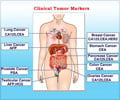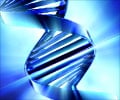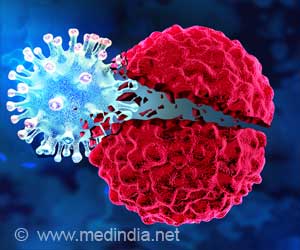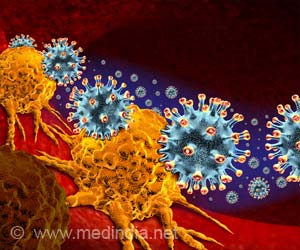A new imaging technology to grade tumour biopsies has been developed by a team of scientists led by the Department of Physics and the Department of Surgery and Cancer at Imperial College London.
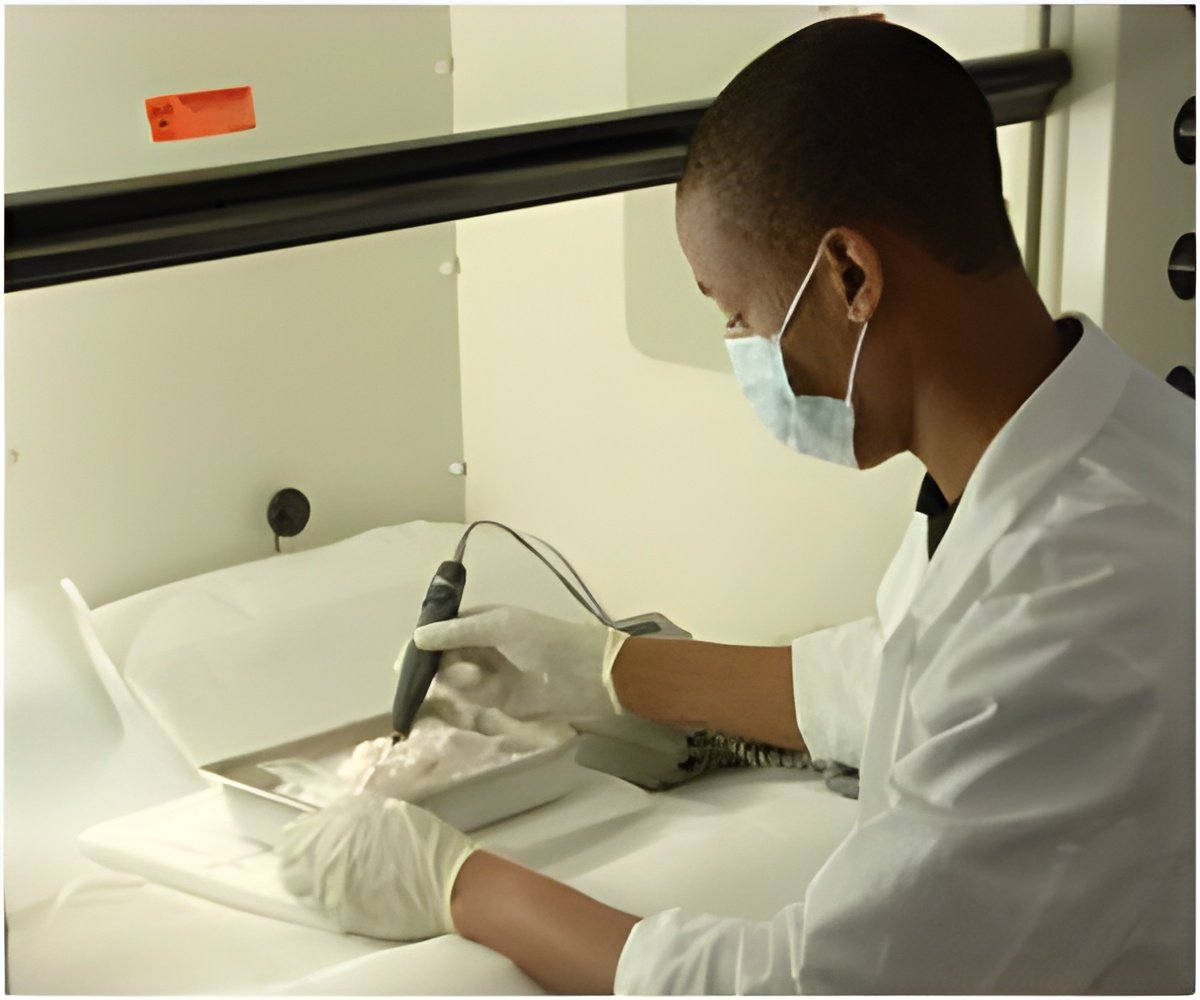
‘Digistain technology is used to grade cancer tumours, eradicating human subjectivity and ensuring patients get the right treatment.’





Life-changing treatment decisions have to be based on this 'grading' process, yet it is well known that different practitioners given the same slice will only agree on its grade about 70% of the time, resulting in an overtreatment problem. The team's new 'Digistain 'technology addresses this problem by using invisible mid-infrared light to photograph the tissue slices in a way that maps out the chemical changes that signal the onset of cancer. In particular, they measure the 'nuclear-to-cytoplasmic-ratio' (NCR): a recognized biological marker for a wide range of cancers.
Lead author Professor Chris Phillips, from the Department of Physics at Imperial, said: "Our machine gives a quantitative 'Digistain index' (DI) score, corresponding to the NCR, and this study shows that it is an extremely reliable indicator of the degree of progression of the disease. Because it is based on a physical measurement, rather than a human judgement, it promises to remove the element of chance in cancer diagnosis. "
In the experiment reported today, the team carried out a double-blind clinical pilot trial using two adjacent slices taken from 75 breast cancer biopsies. The first slice was graded by clinicians as usual, using the standard H+E protocol. It was also used to identify the so-called 'region of interest' (RoI), i.e. the part of the slice containing the tumour.
The team then used the Digistain imager to get a DI value averaged over the corresponding RoI on the other, unstained slice, and ran a statistical analysis on the results.
Advertisement
The NCR factor that Digistain measures is known to be common to a wide range of cancers, as it occurs when the reproductive cell cycle gets disrupted in the tumour and cell nuclei get distorted with rogue DNA. It is likely that in the long run, Digistain could help with the diagnosis of all different types of cancer.
Advertisement
Source-Eurekalert

